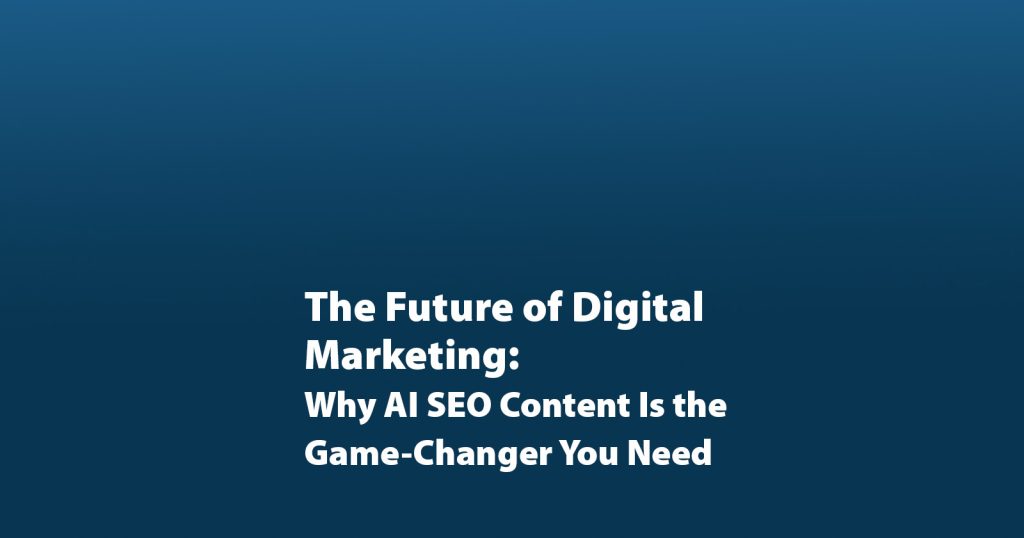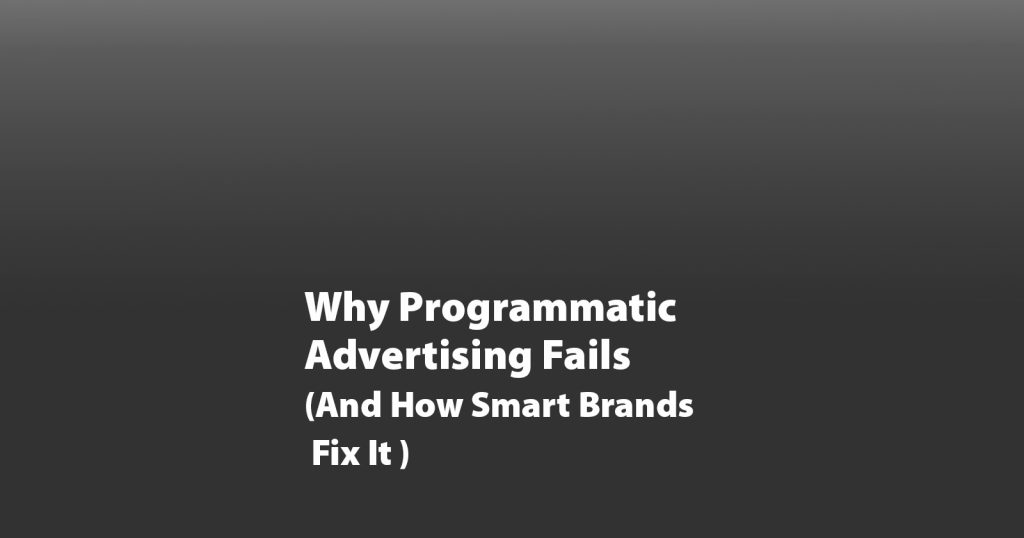
# SEO Is NOT Dead
You’re Just Doing It Wrong
Introduction
SEO has been declared “dead” more times than we can count. But here’s the truth: SEO isn’t dead. Lazy SEO is. If you think throwing up a few blog posts will bring in waves of qualified leads, you’re in for a rude awakening. SEO isn’t just about traffic; it’s about the right traffic. The kind that converts.
So, how do you actually get results from SEO? By shifting your focus to high-intent visitors who are ready to take action. Let’s break down the strategies that work—and why most businesses get SEO completely wrong.
#1: Focus on Bottom-of-Funnel Content
One of the biggest mistakes businesses make? Chasing vanity metrics. They focus on high-traffic, low-intent keywords and wonder why their blog posts don’t bring in sales.
What is bottom-of-funnel content?
It’s content that attracts people who are ready to buy. Compare these two searches:
“Best CRM for small businesses” → Intent to buy
“What is a CRM?” → Just a curious reader
See the difference? The first search comes from someone actively looking for a solution, while the second comes from someone still in research mode.
How to create bottom-of-funnel content
Product comparisons (e.g., “HubSpot vs. Salesforce: Which CRM is better for small businesses?”)
Pricing breakdowns (e.g., “How much does a CRM really cost?”)
Case studies & success stories (e.g., “How Company X grew revenue by 200% using this CRM”)
Stop writing content for tire-kickers. Write for people who are ready to buy.
#2: Answer Buyer Objections in Your Content
When people are close to making a purchase, they have doubts. If your content doesn’t address those doubts, they’ll hesitate—or worse, go to your competitor instead.
Common buyer objections
“Is this product/service worth the money?”
“How does it compare to other options?”
“Will this work for my specific needs?”
How to tackle objections head-on
Competitor comparisons: Help buyers make informed decisions by showing how your product stacks up.
Transparent pricing breakdowns: Eliminate sticker shock by clearly explaining costs.
Customer success stories: Show proof that your product delivers real results.
The more objections you answer upfront, the less friction there is in the buying process.
#3: Optimize for Conversion, Not Just Clicks
SEO isn’t just about getting traffic—it’s about turning that traffic into customers. Too many businesses chase rankings but ignore conversion optimization. Big mistake.
Ways to optimize for conversions
Use strong CTAs inside blog posts
Don’t just hope readers take action. Tell them what to do next!
Example: “Want to see how our CRM works? Book a free demo today!”
Retarget visitors with ads
Not everyone converts on their first visit. Stay top of mind with remarketing ads.
Example: Show a Facebook ad to users who read your “Best CRM for Small Businesses” post but didn’t sign up.
Offer lead magnets to collect emails
Some visitors need nurturing before they buy.
Example: “Download our free CRM comparison guide”
It’s not enough to drive traffic. You need to move visitors through the funnel and convert them into customers.
SEO Isn’t Dead—Lazy SEO Is
If your SEO strategy consists of posting random blogs and hoping for the best, you’re doing it wrong. But if you:
Focus on high-intent, bottom-of-funnel content
Address buyer objections in your content
Optimize for conversions, not just clicks
…then SEO will work for you.
Forget the “SEO is dead” narrative. SEO isn’t dead. It’s just evolving. And if you evolve with it, you’ll get results.
Final Thoughts
SEO isn’t just about ranking on Google. It’s about getting in front of the right people at the right time. The businesses that win at SEO aren’t the ones posting random blogs. They’re the ones strategically targeting high-intent visitors who are ready to take action.
So, are you ready to ditch lazy SEO and start driving real results? Let’s make it happen. 🚀
FAQ's
1.How long does SEO take to generate leads?
SEO is a long-term strategy. It can take 3-6 months (or longer) to see significant results. But when done right, the leads you generate will be highly qualified and cost less than paid ads.
2. Should I still create top-of-funnel content?
Yes! Top-of-funnel content is great for brand awareness and nurturing leads. But if you want immediate conversions, prioritize bottom-of-funnel content first.
3. How do I measure SEO success?
Don’t just track traffic—track conversions. Measure:
Leads generated from SEO
Conversion rates on SEO-driven pages
Revenue from organic search
If your SEO efforts aren’t turning into revenue, something needs to change.



